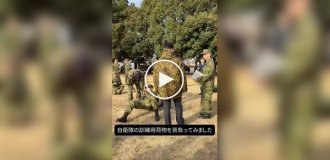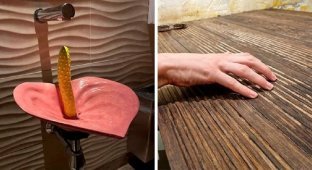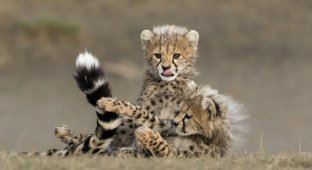Sweatshirts with big birds, snails, toads and poodles now seem absurd even on children, but 40 years ago to meet a respectable man in a jumper with a teddy bear was in the order of things. 
Come from Egypt
Archaeologists have found things knitted on needles territory of Egypt and dated them to the 4th century BC, so knitting over 2500 years old. 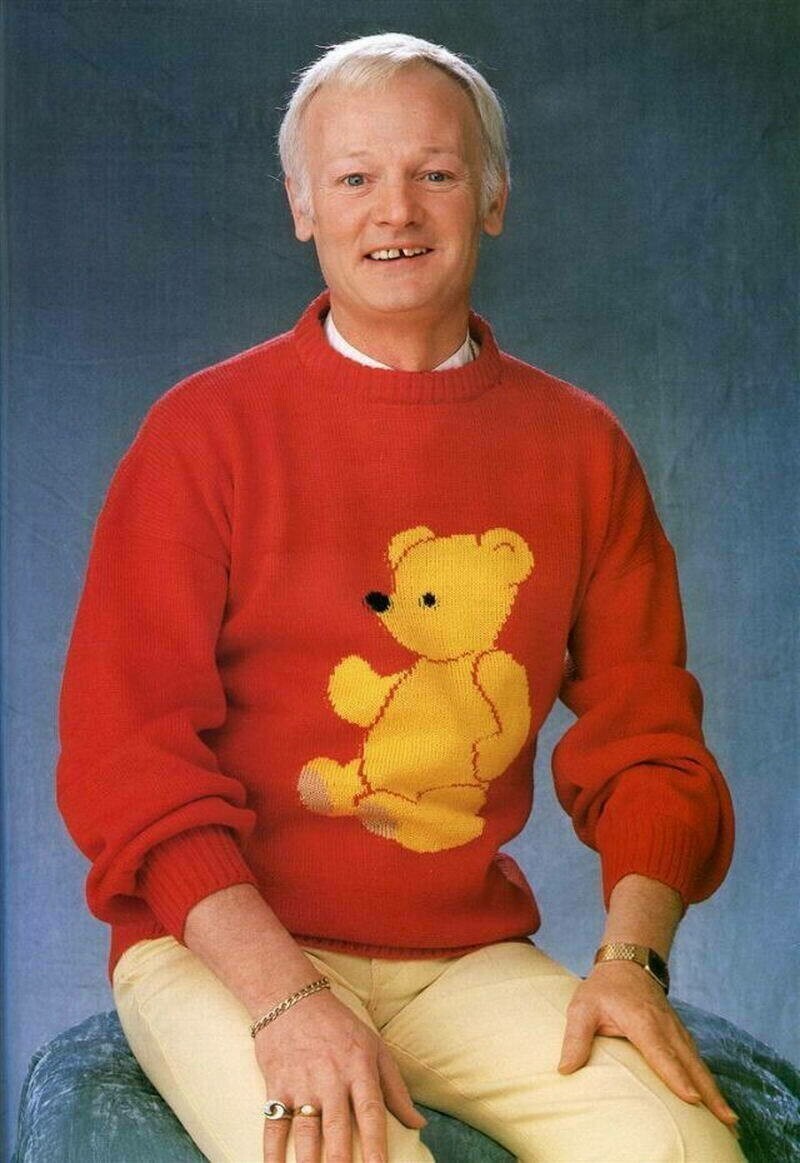
From fishermen to knitters
Interestingly, the first knitters were Egyptian men, who came up with the idea of tying fishing tackle in the form of a fine mesh, to catch more fish at once. 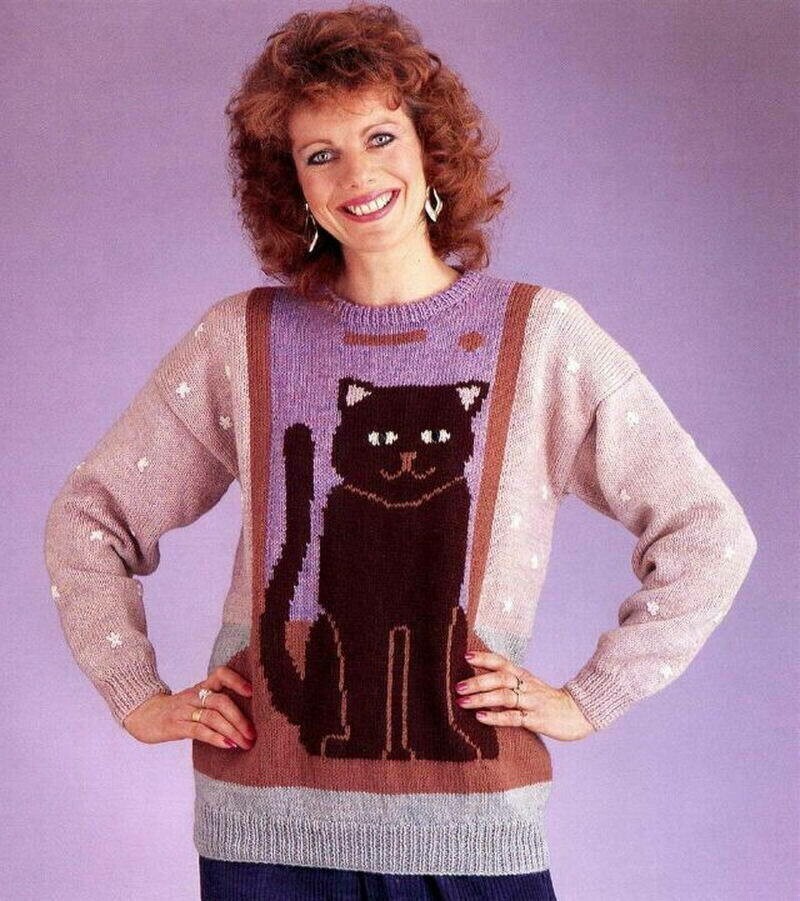
Only for the chosen ones
However, until the 8th century AD, knitwear could allow only wealthy people, such as pharaohs and noble nobles, after all, the craft was considered laborious and required a lot of free time. 
First spokes
Interestingly, the first knitting needles looked more like huge needles with ears and were made from animal bones. With such needles knitting turned out strong and dense. 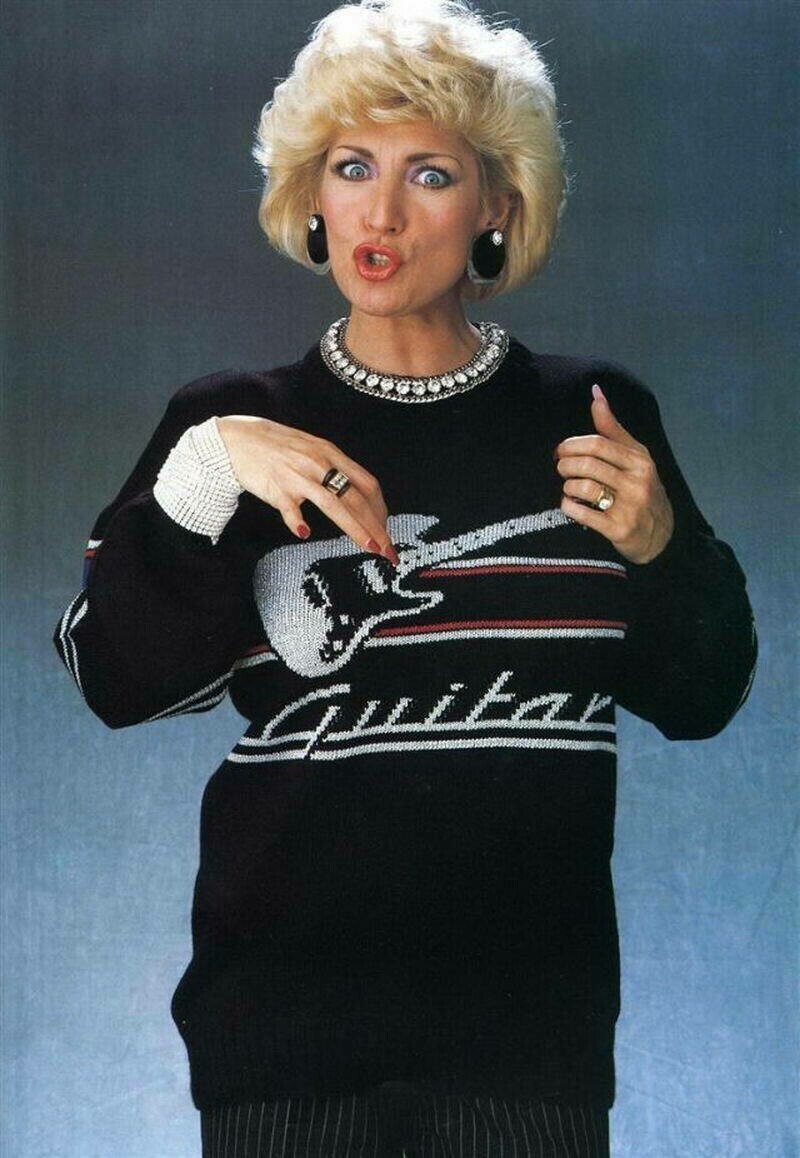
Accessibility for ordinary people
Later this skill was adopted by Egyptian women in order to to weave plain clothes from the wool of sheep and goats. She came in handy Bedouins and merchants who traveled in caravans through the desert, where at night very cold. 
Craft goes around the world
With traders, knitting became known in China and Africa, and then Latin America. For example, in Peru, this craft was liked so much strongly that the Peruvians not only knitted clothes, but also household items, and also various wall images that symbolized the gods. Such are still kept in the historical museums of the country. 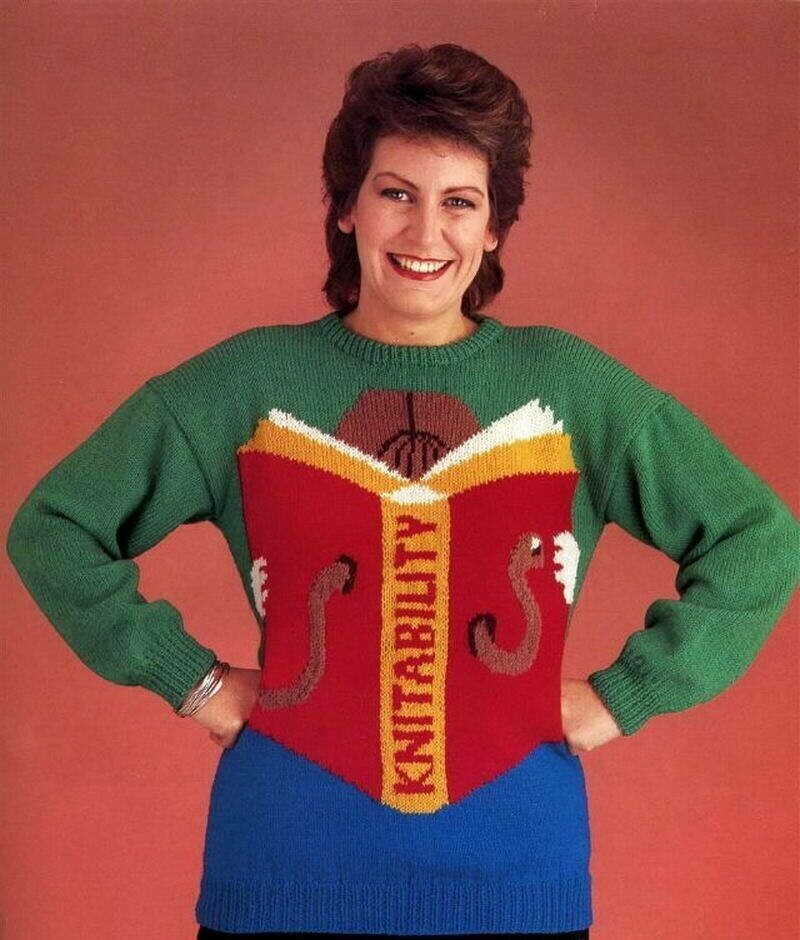
A new way of earning for Europeans
In Europe, knitting penetrated with Egyptian Christians during pilgrimage time. Europeans noted that knitted things are unusually beautiful and refined, and therefore you can make good money on them. 
Stockings and hats
In European countries, men were the first to knit. Especially skillful craftsmen knitted thin gloves, hats, stockings and collars for noble gentlemen. The cost was such that I could afford a pair of knitted stockings only the wives of aristocrats could. It was then that people learned to knit crochet for more sophisticated patterns. 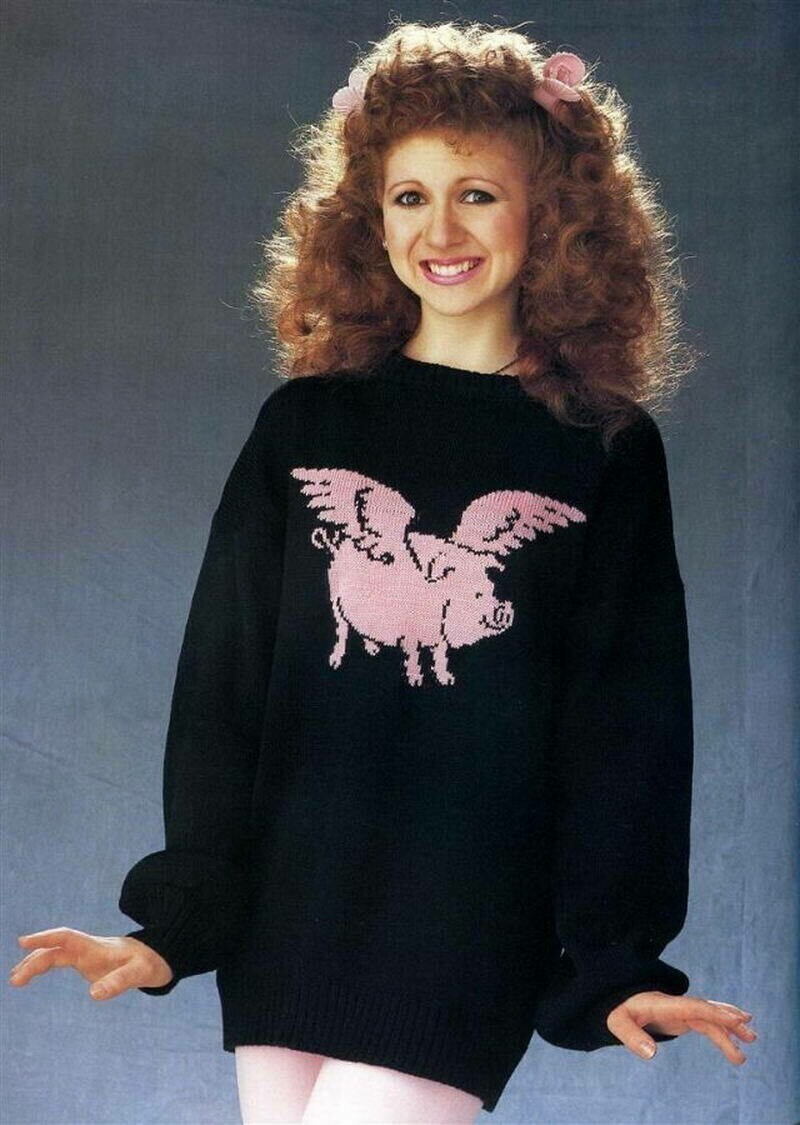
Imitation played a major role
As soon as one coquette put on stockings and a knitted hat, like everyone else other court ladies wanted to have the same things. As a result, from customers there was no retreat. 
No female hands
The first were the Spaniards, Italians and French, but by the XVI all of Europe knitted for a century, especially in the cold countries of Scandinavia. Interestingly, if now mostly women knit, then another four centuries back they were not allowed to come close to the knitting needles, trusting only to weave yarn from wool. 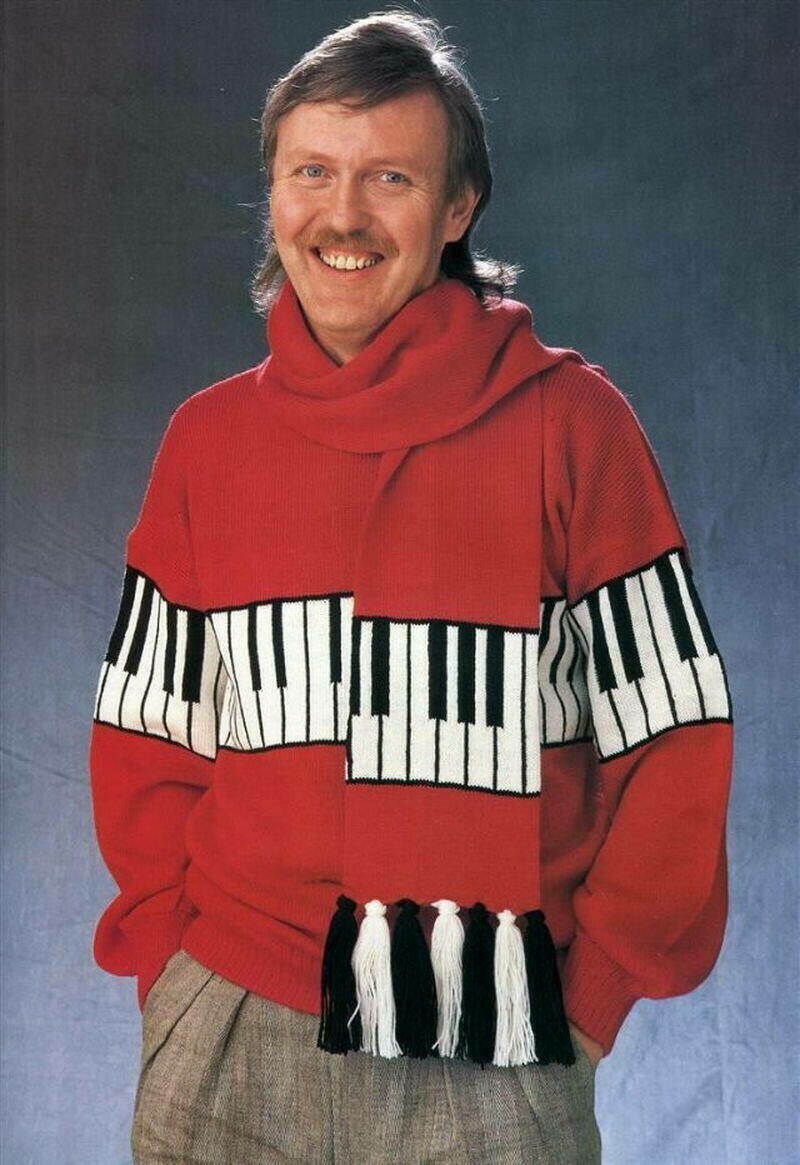
First machine
Everything changed in the 1590s, when the Englishman William Lee invented first knitting machine. Knitting speed increased 100 times, and the cost of such things was low and publicly available. Of course things weren't so beautiful and airy, like, for example, French manual knitters, but they were designed for a less biased public. 
For the rich and for the poor
Nevertheless, manual labor was also preserved and used demanded by rich people who were interested in quality and individuality, not consumer goods. 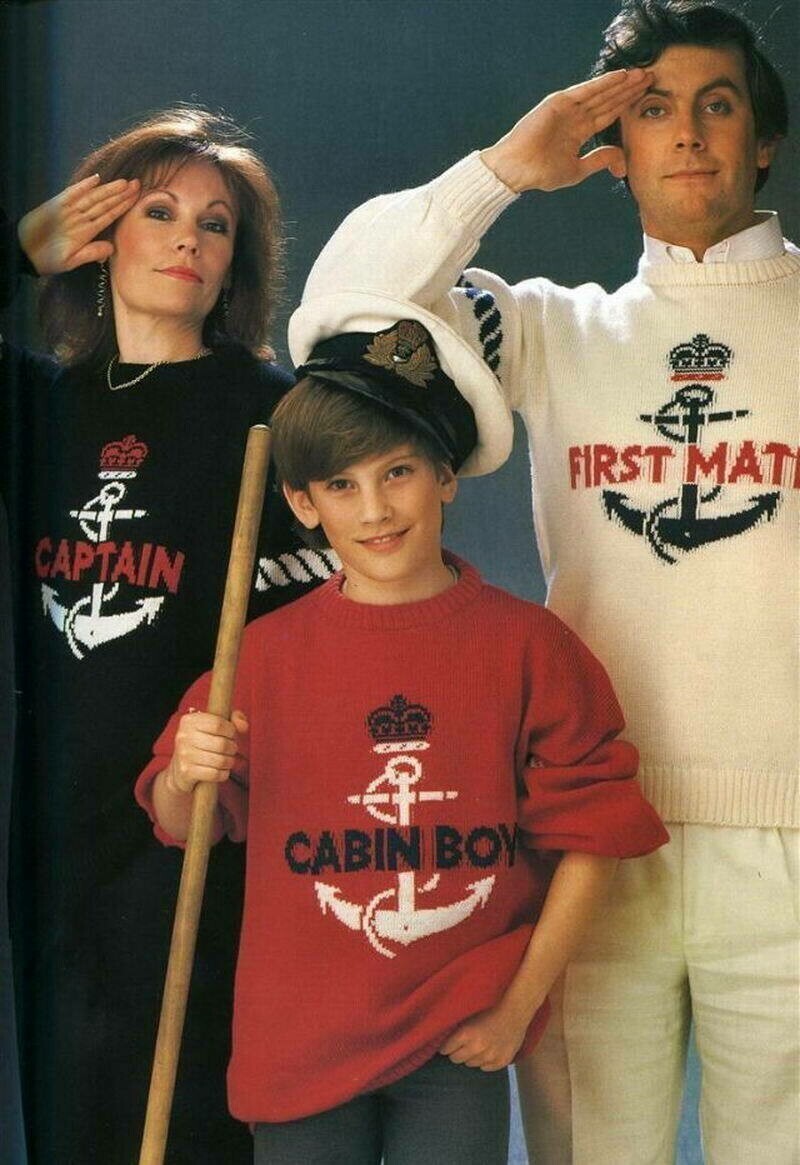
The era of knitting
After England, knitting machines began to appear in other countries. In the 1890s, the first machine tools appeared in the USA and quickly became popular.larny among people, especially northern and cold states. 
Different types of machines
It is in America among technicians, engineers and innovators knitting flourished and improved. Americans at first came up with semi-automatic machines, and then, by the 1910s, full automata. 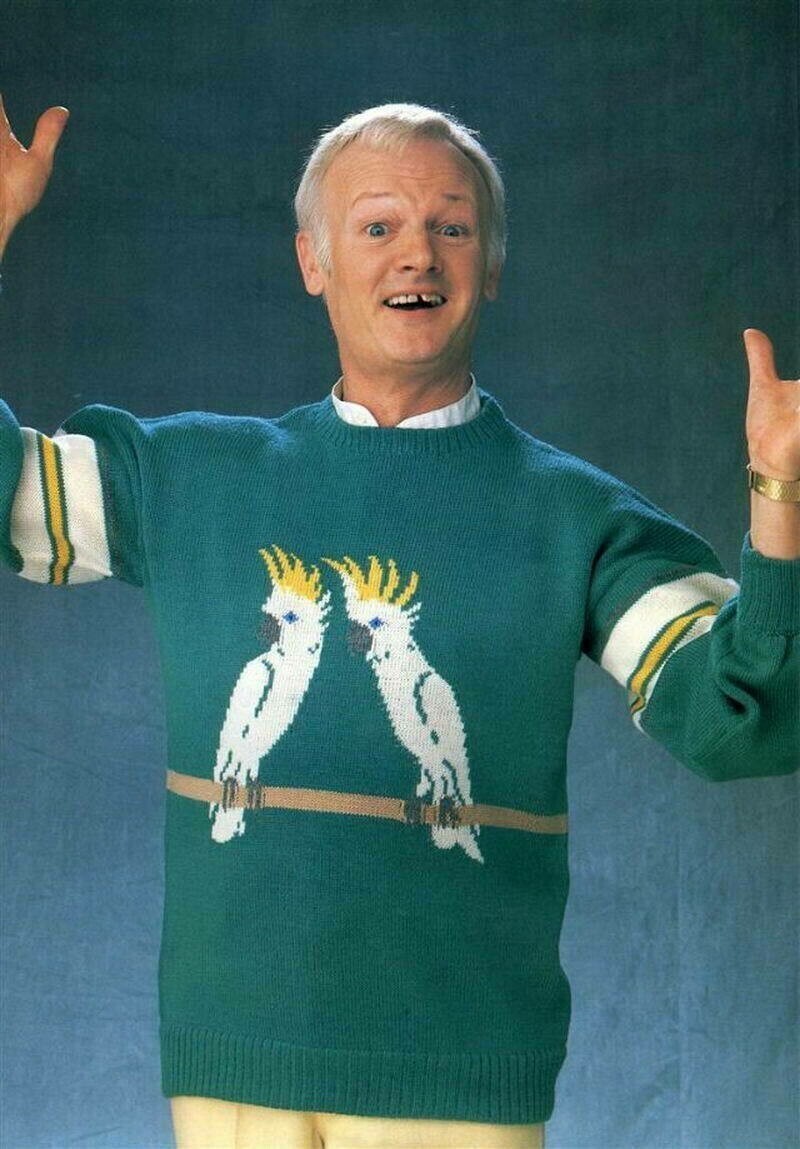
ahead of time
Throughout the 20th century, the evolution of the knitting process increased its turns. By the 70s, computers could download any drawings and display them on sweaters, jumpers and vests. 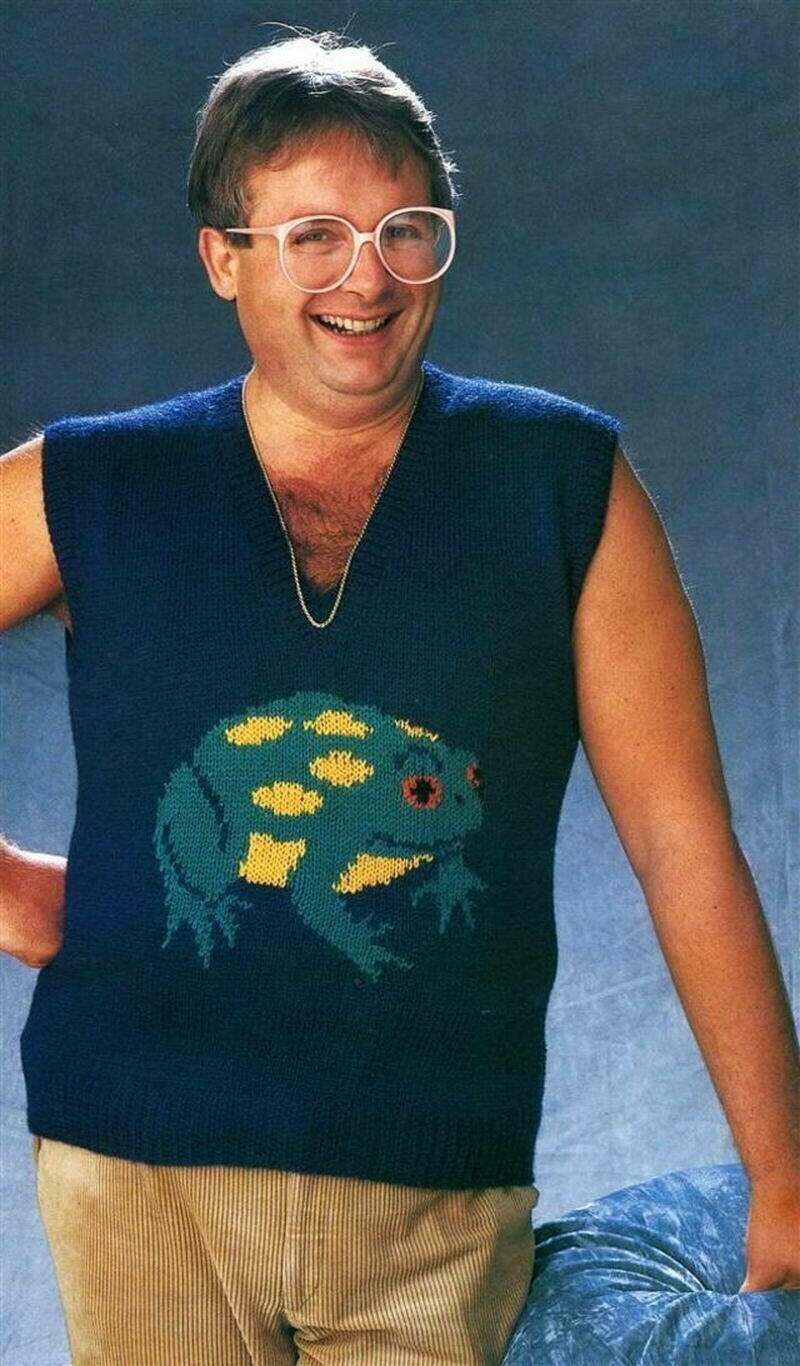
From simple patterns...
At first, these were ornaments and various simple designs that could appeal to a wide range of buyers. 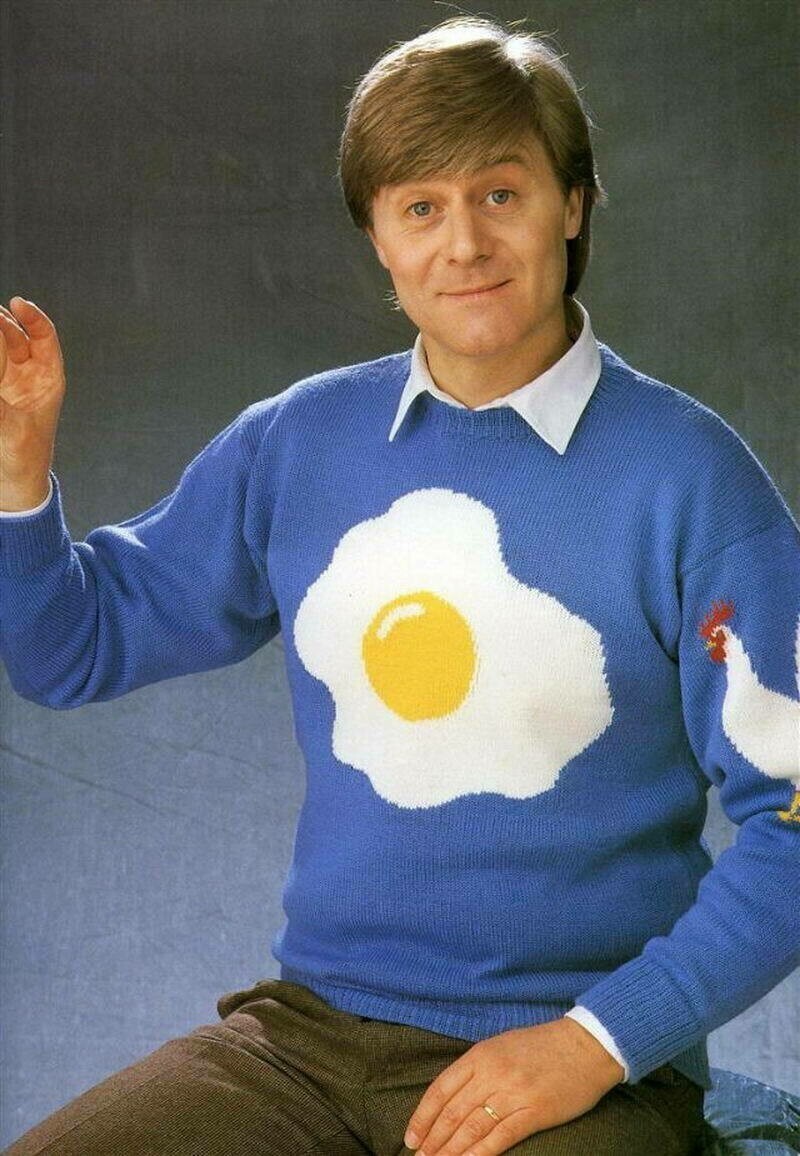
... to complex but ridiculous images
And 10 years later, in the 80s, people began to boldly experiment with different images. Sweatshirts and jumpers with the most bold and unexpected drawings: chickens and eggs, trains and even flying pigs. 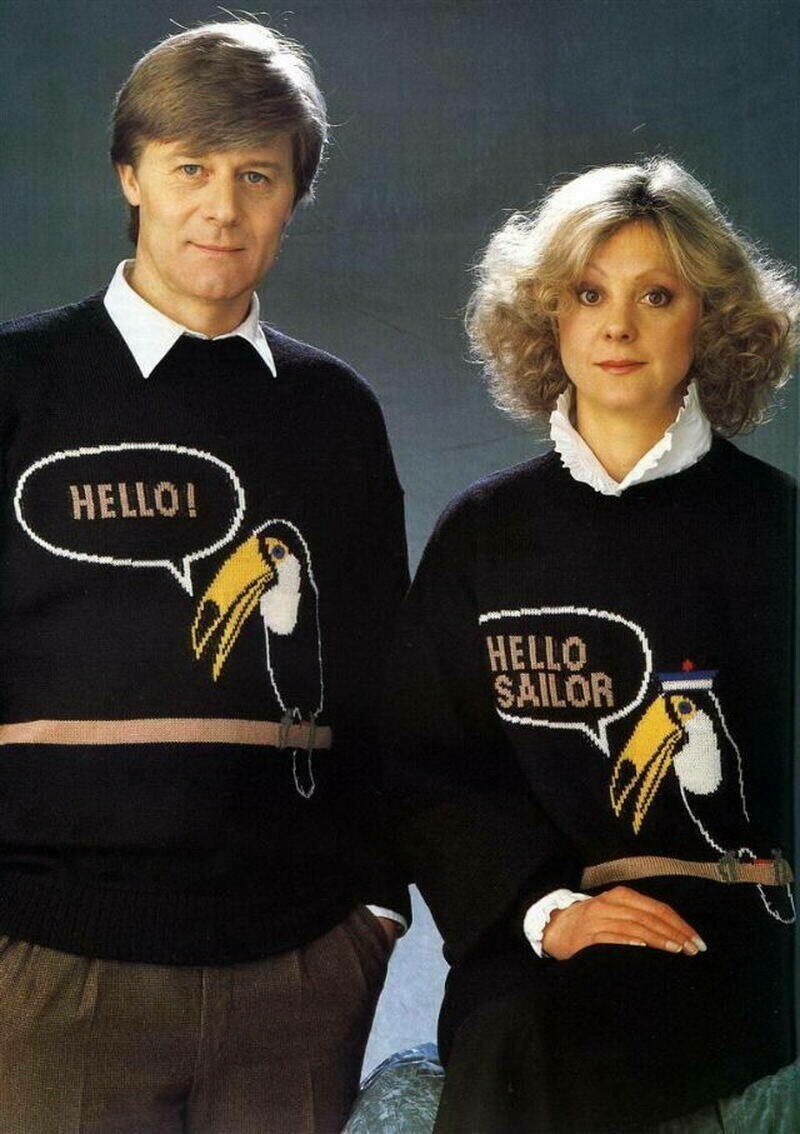
Sweatshirts as self-expression
Each person could come to the knitter and order a unique pattern that would be hammered into the knitting machine program and reproduced from yarn. About how a psychiatrist made knitting a part of his healing practice and creates the most incredible things, we told here. 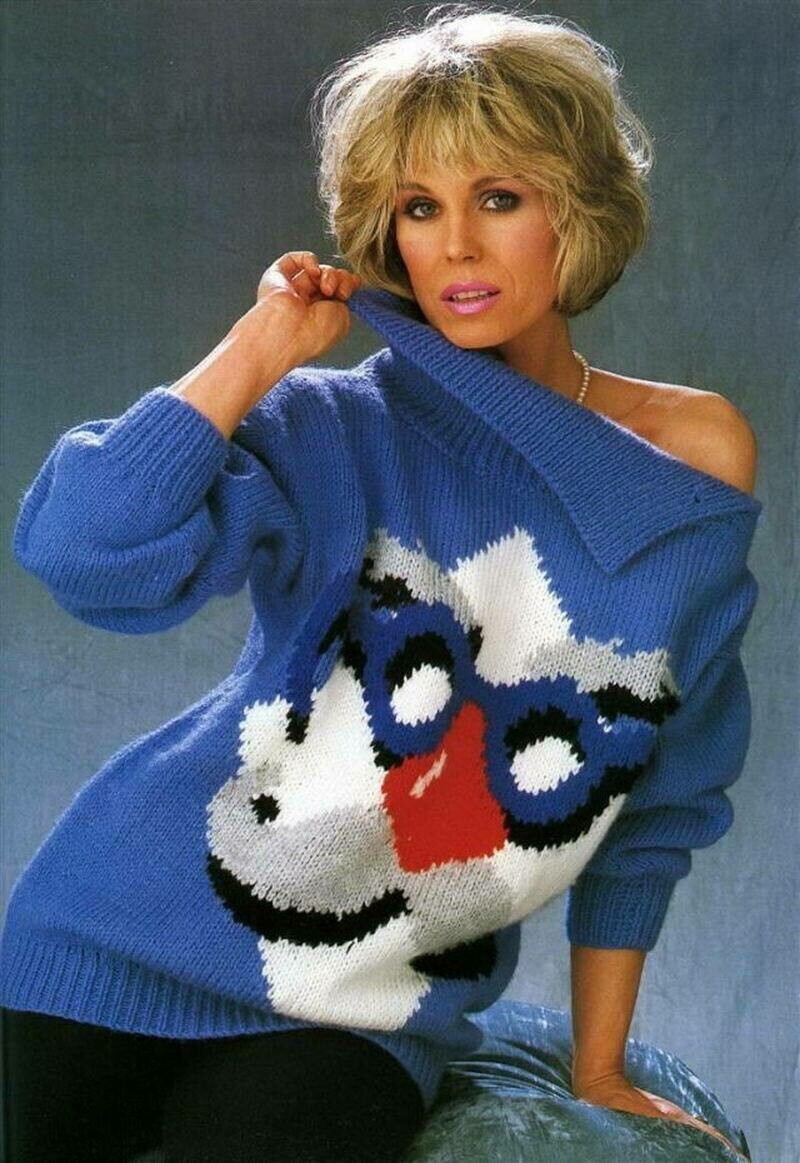
Back to the roots
Now the fashion is more restrained, and people continue to love knitted warm things, like the Egyptians in the distant past, but prefer simple ornaments or plain patterns, because for self-expression, a person does not need a jacket. 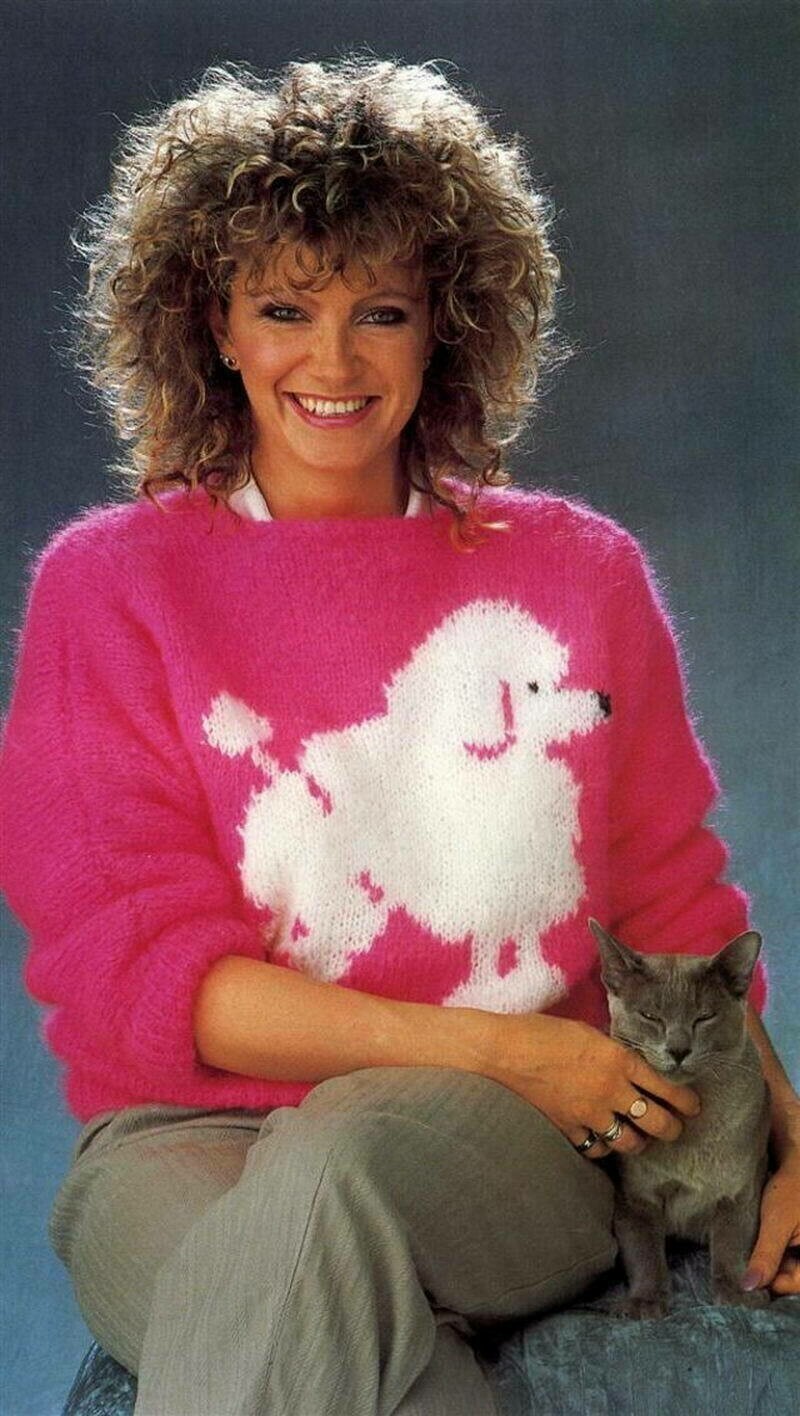
Modern Priorities
For people in our time, the naturalness of the material is more important, wear and durability than a one-time seasonal fashion. True mods know that a handmade sweater knitted yesterday and in 10 years will be relevant, unlike a machine thing, decorated with an intricate pattern and available to the general public. 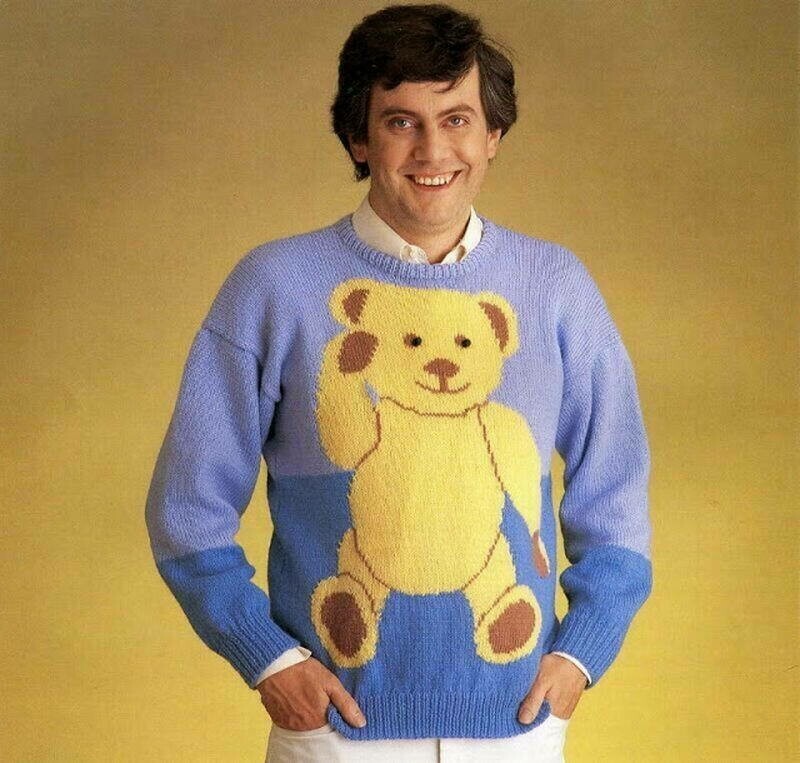
Add your comment
You might be interested in:
